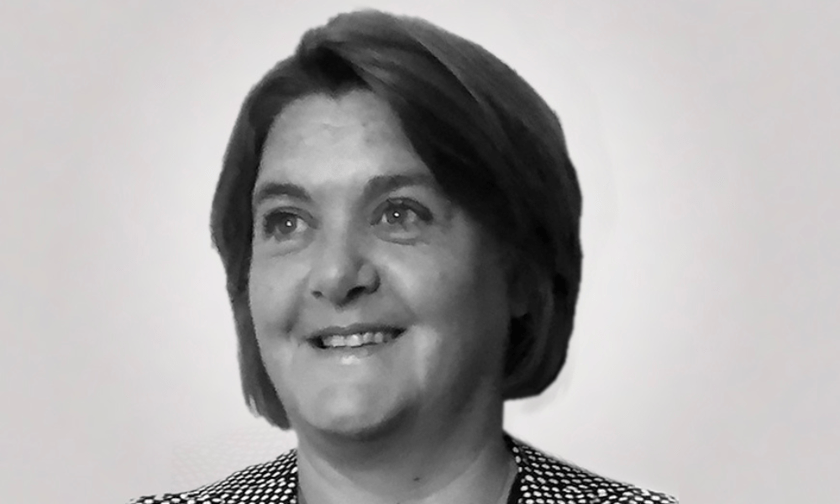

A majority of brokers (79%) anticipate continued growth in the non-standard insurance market after the same percentage reported a rise in enquiries over the past year, according to Prestige Underwriting’s first non-standard survey conducted from May 9 to June 7.
The expected growth is primarily due to an anticipated increase in the number of customers entering the non-standard insurance market, as highlighted by 79% of brokers. Only 13% of brokers attribute the projected growth to a rise in premium rates.
Examining specific sectors, more than half of the surveyed brokers (55%) see the most significant growth potential in insurance for unoccupied homes and properties at risk of flooding, while 26% foresee substantial growth in the market for homes at risk of subsidence.
Based on the poll findings, the non-standard motor insurance sector is expected to expand as well. Over a third of brokers (35%) believe growth will likely come from electric vehicles, while 32% see high-performance cars as a key growth factor.
Brokers also predict growth in insurance for modular homes (22%), grey import cars (15%), and thatched homes (12%).
In response to their expectations, 46% of brokers in the non-standard commercial market and 42% of non-standard motor brokers are making strategic adjustments related to agency and personnel.
However, brokers have raised concerns about the impact of rising living costs, with 89% of brokers worried that more non-standard customers will become – if they aren’t already – underinsured as they try to cut insurance costs.
Alison Williams (pictured), managing director at Prestige Underwriting, commented: “The enthusiasm shown by brokers for the non-standard market is both welcome and encouraging. All the insights we review, whether they come from economic analysis or the perspectives of brokers on the High Street, point to the same conclusion: there are opportunities and growth ahead.
“However, we must continue to collaborate to enhance efficiency wherever possible and minimise underinsurance. Importantly, we must also make the broader insurance market aware of the forthcoming growth so that insurers can take into account the necessary changes to their distribution methods, thereby aiding consumers entering the non-standard segment.”
What do you think about this story? Share your thoughts in the comments below.
